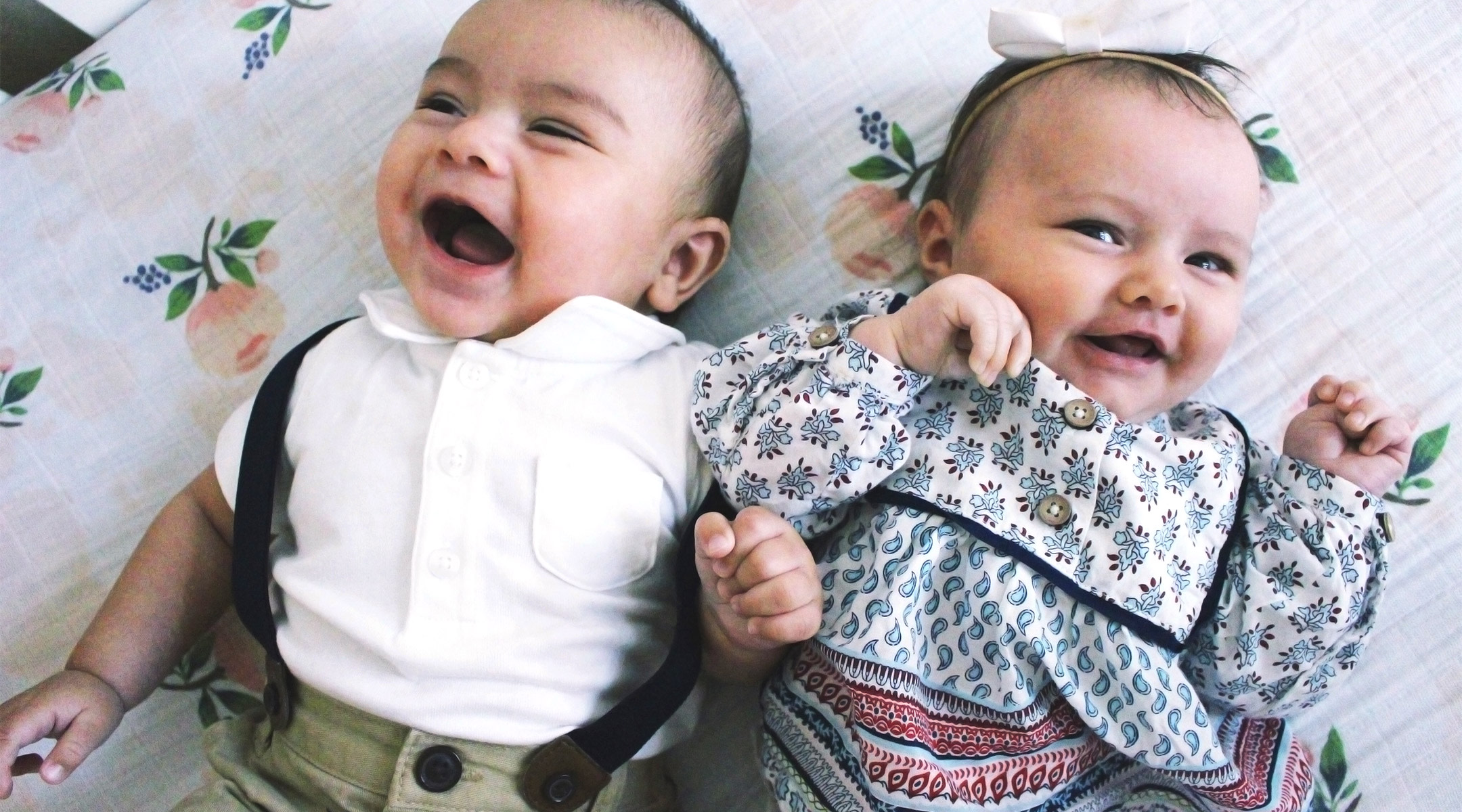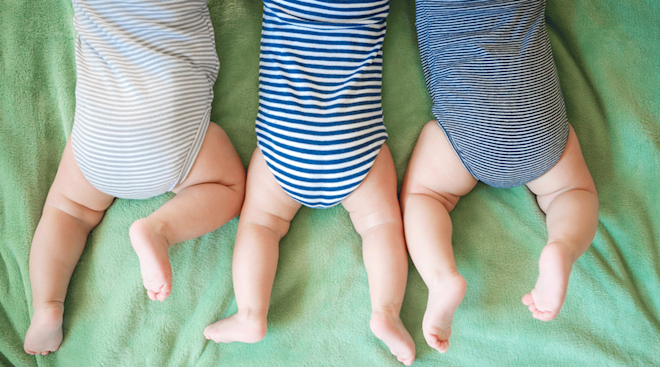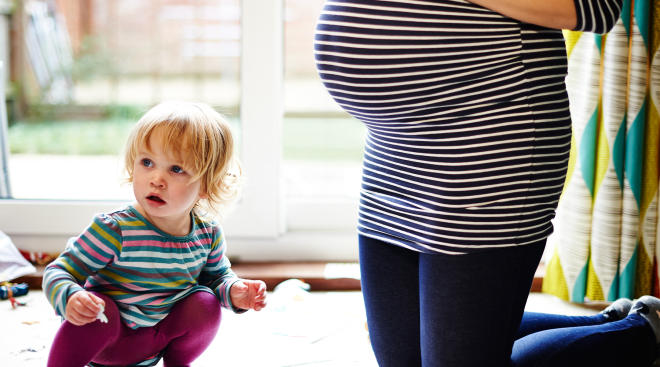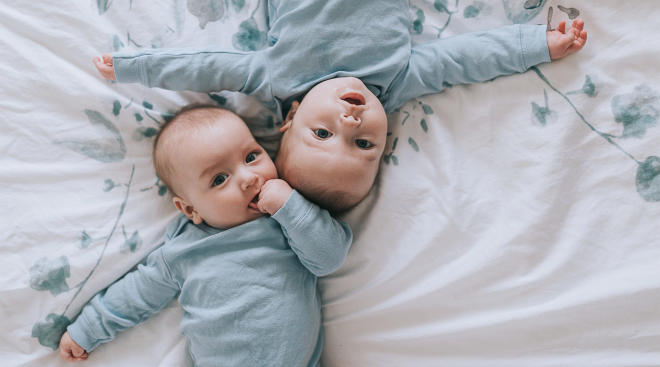Doctors Just Identified the World's Second Case Ever of Semi-Identical Twins
An extremely rare set of identical twins has been identified in Australia, according to a case report published this week. The only other reported case was discovered in 2007 in the US, CNN reports.
Sesquizygous twins, or semi-identical twins, share anywhere from 50 to 100 percent of their genomes. And unlike the 2007 case, the Aussie twins were discovered during pregnancy. The babies’ mother initially thought she was having identical twins after an early ultrasound, but doctors were shocked to later discover she was having a boy and a girl. Since identical twins share all of their genes, they can’t be opposite sexes.
Here’s a breakdown of what separates the different types of twins apart from each other:
- Fraternal twins: Two sperm fertilize two separate eggs, creating twins that share half of their mother’s genes and half of their father’s
- Identical twins: One sperm fertilizes a single egg, which splits into the twins that share all of their mother and father’s genes
- Semi-identical twins: One set of chromosomes comes from one egg, and the second set is made from two sperm.
The Aussie twins were formed when a single egg was fertilized by two sperm—something that shouldn’t happen, study participant Nicholas Fisk tells CNN. Typically, once a sperm enters the egg, the egg locks down in order to prevent another sperm from entering. “Even if two got in, an embryo with three rather than the normal two sets of chromosomes won’t survive as a fetus,” he says.
But in this case, when the egg was fertilized by two sperm, it split the three sets of chromosomes into two separate cell sets, thus forming the twins. They share 89 percent of their DNA—100 percent of their mother’s genes, but only 78 percent of their father’s.
Wanting to leave no room for error or speculation, researchers were extremely careful reporting on this case. After years of analyzing the pregnancy—the pair was born in January 2014—they’re fully confident in sharing their findings with the world.
Navigate forward to interact with the calendar and select a date. Press the question mark key to get the keyboard shortcuts for changing dates.



















































